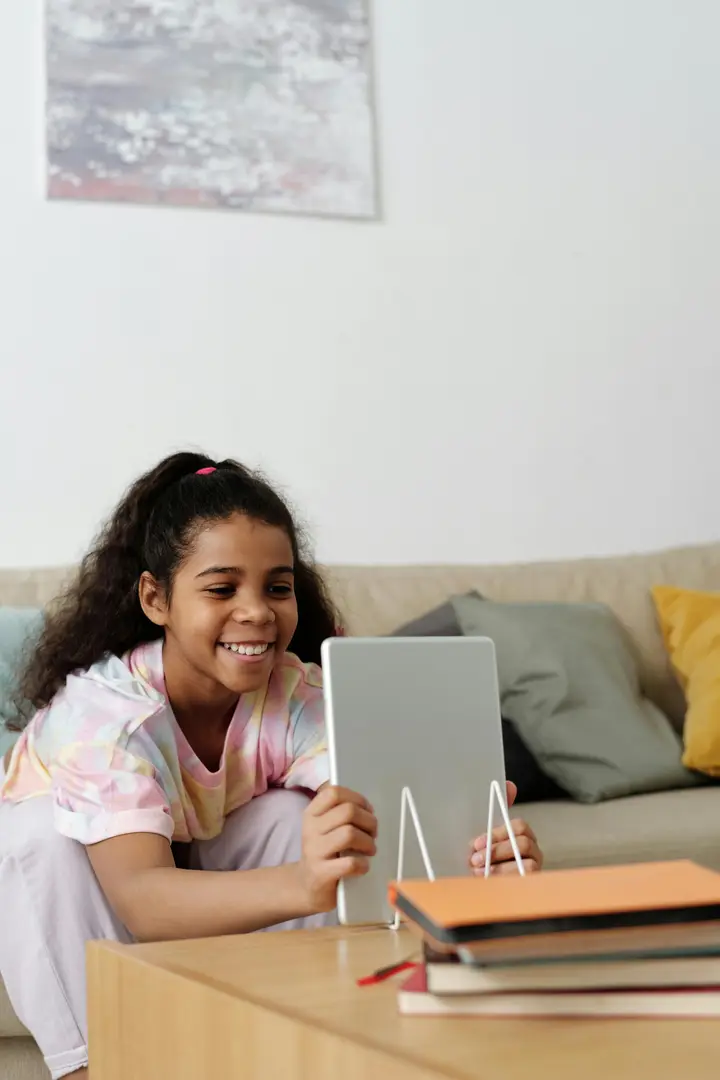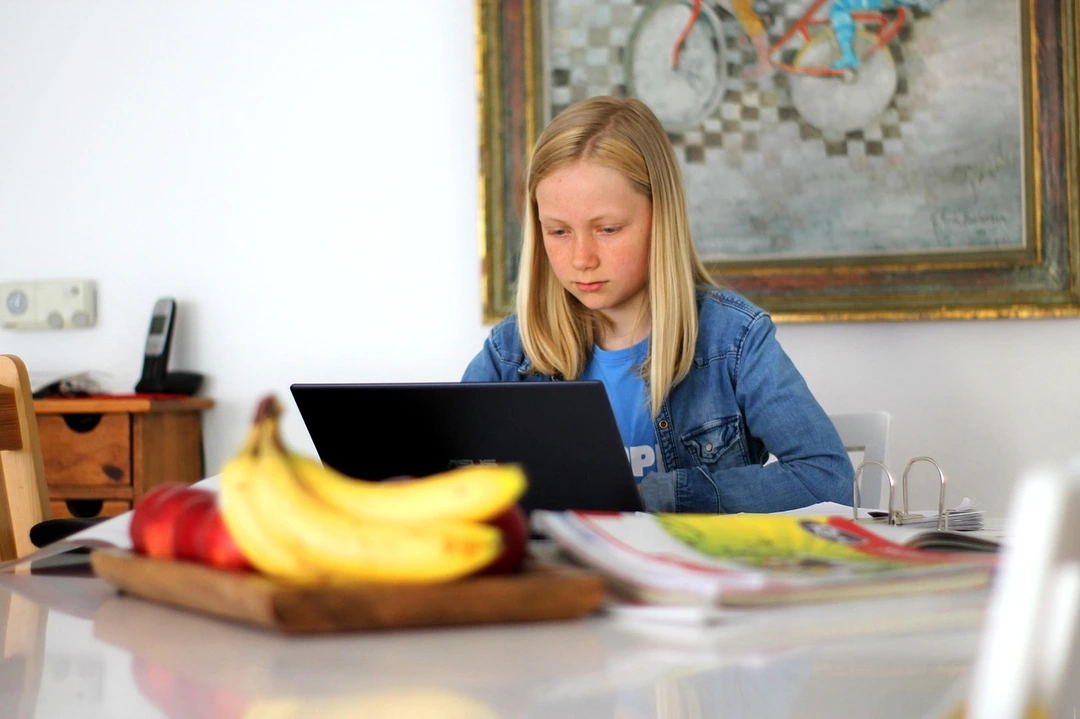While screens provide valuable resources for education and entertainment, excessive use can have serious ramifications for teenagers. Research has linked high screen time with several adverse outcomes, including:
1. Physical Health Implications
Extended periods of screen time correlate with a sedentary lifestyle, often leading to various health issues such as obesity, poor posture, and eye strain. The lack of physical activity can also contribute to long-term health problems, including cardiovascular disease.
2. Mental Health Challenges
Excessive screen time has been associated with increased rates of anxiety, depression, and loneliness among teenagers. The curated nature of social media feeds creates unrealistic standards of beauty, success, and happiness, leading to feelings of inadequacy and comparison.
3. Sleep Disruption
The blue light emitted by screens can interfere with the production of melatonin, a hormone that regulates sleep. Many teens struggle with sleep deprivation due to late-night screen use, which can impact their academic performance and overall well-being.
4. Social Isolation
While screens facilitate virtual connections, they can also lead to a decline in face-to-face interactions. Teens who spend excessive time on screens may miss out on opportunities to build meaningful relationships and develop social skills.
Balancing Screen Time and Well-Being
Addressing the issue of excessive screen time requires a collaborative effort from parents, educators, and policymakers. Here are some strategies to help teenagers strike a balance:
1. Setting Boundaries
Encouraging teens to set limits on their screen time can help them prioritize other activities, such as exercise, hobbies, and family interactions. Apps and tools that track screen usage can provide valuable insights and promote self-awareness.
2. Promoting Offline Activities
Introducing teens to offline activities, such as sports, arts, and community service, can help them discover new interests and reduce their reliance on screens for entertainment.
3. Educating About Digital Literacy
Teaching teens about the impact of screen time and the importance of digital literacy can empower them to make informed choices about their media consumption.
4. Creating Screen-Free Zones
Designating certain areas of the home, such as bedrooms and dining rooms, as screen-free zones can encourage healthier habits and foster family bonding.
Conclusion: Navigating the Digital Landscape
The rise of screen time among teenagers reflects the pervasive influence of technology in modern life. While screens offer opportunities for connection and creativity, their excessive use poses challenges that must be addressed. By fostering awareness, setting boundaries, and promoting offline activities, we can help teenagers navigate the digital landscape in a way that supports their physical, mental, and social well-being.
by Julia Jacobo







